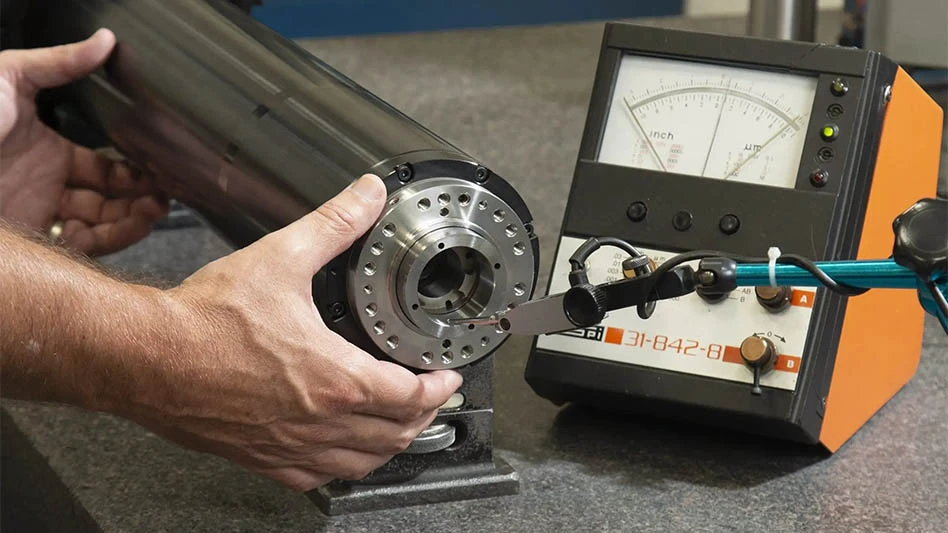
Colorado Springs, Colorado – United Launch Alliance (ULA) has unveiled its Next Generation Launch System (NGLS). The new rocket, Vulcan, promises to make launch services more affordable and accessible. The NGLS brings together decades of experience on ULA’s reliable Atlas and Delta vehicles, combining the best features of each to produce an all-new, American-made rocket that will enable mission success from low Earth orbit all the way to Pluto.
“More capabilities in space mean more capabilities here on earth,” said Tory Bruno, president and CEO of United Launch Alliance.
To help give all Americans a chance to play a role in the future of space, last month ULA launched an online naming competition that allowed Americans to vote on their favorite name for the NGLS. More than one million votes were cast, and Vulcan was the top choice.
“As the company currently responsible for more than 70% of the nation’s space launches, it is only fitting that America got to name the country’s rocket of the future,” added Bruno.
“ULA’s precision and focus makes the remarkable seem routine. Our track record of 95 successful launches in less than nine years – an average of one launch per month – is unmatched in the industry. Our ability to deliver critical national security, scientific, and commercial satellites into the correct orbit every time is filled with risks and challenges, and ULA has delivered every time. ULA’s reliability is and will continue to be part of the mission,” Bruno concluded.
The Sensible, Modular, Autonomous Return Technology (SMART) initiative will be introduced into NGLS and allow ULA to reuse the most expensive portion of the first stage – the booster main engines – via mid-air capture. This allows a controlled recovery environment providing the confidence needed to re-fly the hardware.
Step one of NGLS will consist of a single booster stage, the high-energy Centaur second stage and either a 4m or 5m-diameter payload fairing. Up to four solid rocket boosters (SRB) augment the lift off power of the 4m configuration, while up to six SRBs can be added to the 5m version.
In step two, the Centaur second stage will be replaced by the more powerful, innovative Advanced Cryogenic Evolved Stage (ACES), making the NGLS capability that of today’s Delta IV Heavy rocket. ACES can execute almost unlimited burns, extending on-orbit operating time from hours to weeks.
Last year, ULA announced that it had partnered with Blue Origin LLC, a privately funded aerospace company owned by Amazon.com founder Jeff Bezos, to provide a cutting-edge engine for the NGLS while also providing a viable alternative to the Russian-made RD-180. This U.S.-made BE-4 rocket engine is designed for low recurring cost and will meet commercial and NASA requirements as well as those of the U.S. Air Force’s Evolved Expendable Launch Vehicle (EELV) program. The BE-4 uses low-cost liquid natural gas fuel and is designed for reuse.
Source: ULA
Latest from Aerospace Manufacturing and Design
- AviLease orders up to 30 Boeing 737 MAX jets
- 256-piece general maintenance tool kit
- JetZero all-wing airplane demonstrator achieves milestones
- Cermet indexable inserts for medium turning operations
- Trelleborg acquires Aero-Plastics
- Industrial automation products, enclosed encoders
- #61 - Manufacturing Matters: CMMC roll out: When do I need to comply?
- AIX shows aircraft interiors are a strategic priority for global airlines





